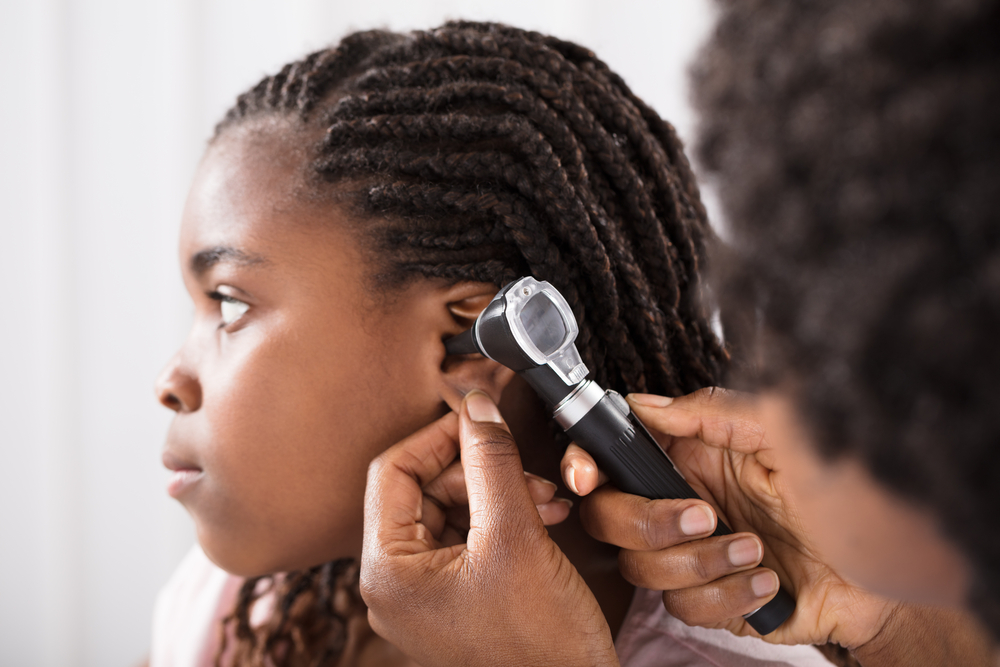Thyroid cancer, a condition affecting the small butterfly-shaped gland in the neck, plays a crucial role in regulating heart rate, blood pressure, body temperature, and weight. Advances in medical technology have significantly improved the early detection of thyroid cancer, enhancing treatment outcomes. Here, we explore the various methods used to detect thyroid cancer promptly and effectively.
How to recognize the signs and symptoms
Thyroid cancer often manifests with noticeable symptoms, including the presence of lumps or nodules in the neck. Alongside these physical signs, patients may experience:
- Sensations of tightness in the neck, particularly with close-collared shirts.
- Changes in voice, such as hoarseness.
- Swollen lymph nodes.
- Difficulty swallowing.
- Neck and throat pain.
Detecting these symptoms early can prompt further investigation, potentially leading to an early diagnosis and intervention.
What are the diagnostic tests for thyroid cancer?
Upon suspicion of thyroid cancer, diagnostic procedures play a pivotal role in confirming or ruling out the disease. The diagnostic journey typically begins with:
Physical examination
During a physical exam, your ENT specialist will palpate the neck area to identify any palpable lumps or abnormalities. They also inquire about potential risk factors, such as previous radiation exposure or family history of thyroid disorders.
Thyroid function blood tests
While not directly diagnosing cancer, blood tests measuring thyroid-stimulating hormone (TSH) levels provide valuable insights into thyroid function. Abnormal TSH levels can indicate potential thyroid gland irregularities, prompting further investigation.
Ultrasound imaging
Ultrasound imaging plays a critical role in assessing thyroid nodules. It utilizes high-frequency sound waves to create images of the thyroid gland, helping to identify suspicious features such as irregular borders or the presence of microcalcifications—a potential indicator of cancer.
Fine Needle Aspiration (FNA) biopsy
In cases where nodules appear suspicious on ultrasound, a fine needle aspiration biopsy may be recommended. Guided by ultrasound imaging, this minimally invasive procedure involves extracting tissue samples from the thyroid nodules for microscopic examination. Pathologists analyze these samples to determine if cancerous cells are present, though results may occasionally be inconclusive, necessitating further testing or additional biopsies.
Radioactive tracer imaging
Radioactive tracer imaging, often performed post-surgery, employs radioactive iodine and specialized cameras to detect any residual thyroid cancer cells in the body. This imaging technique aids in evaluating the extent of cancer spread beyond the thyroid gland, complementing other imaging modalities like MRI or CT scans.
What is the prognosis and treatment for thyroid cancer?
Fortunately, most cases of thyroid cancer detected early carry a favorable prognosis. Prompt diagnosis and appropriate treatment significantly enhance the likelihood of successful outcomes. Treatment options vary depending on the type and stage of thyroid cancer but may include surgery, radioactive iodine therapy, or hormone therapy.
What to do if you notice a suspicious sign
If you notice a suspicious lump in your neck or experience any symptoms suggestive of thyroid cancer, don’t hesitate to contact an ENT specialist for a thorough evaluation. Early detection remains the cornerstone of effective thyroid cancer management, ensuring timely intervention and optimal patient outcomes.
Find an ENT specialist near you if you are experiencing the signs of thyroid cancer or if you would like a second opinion.



